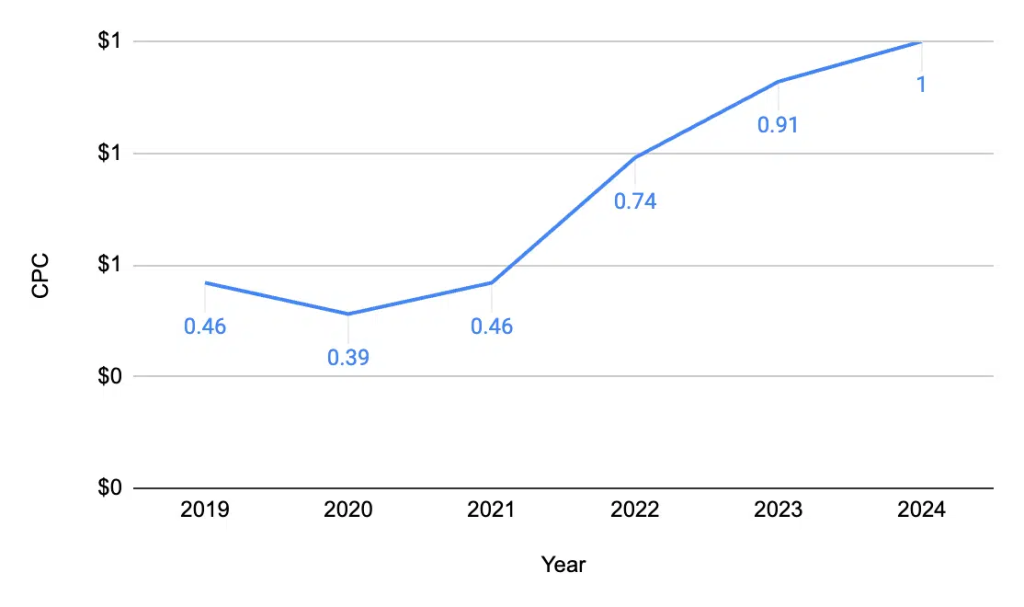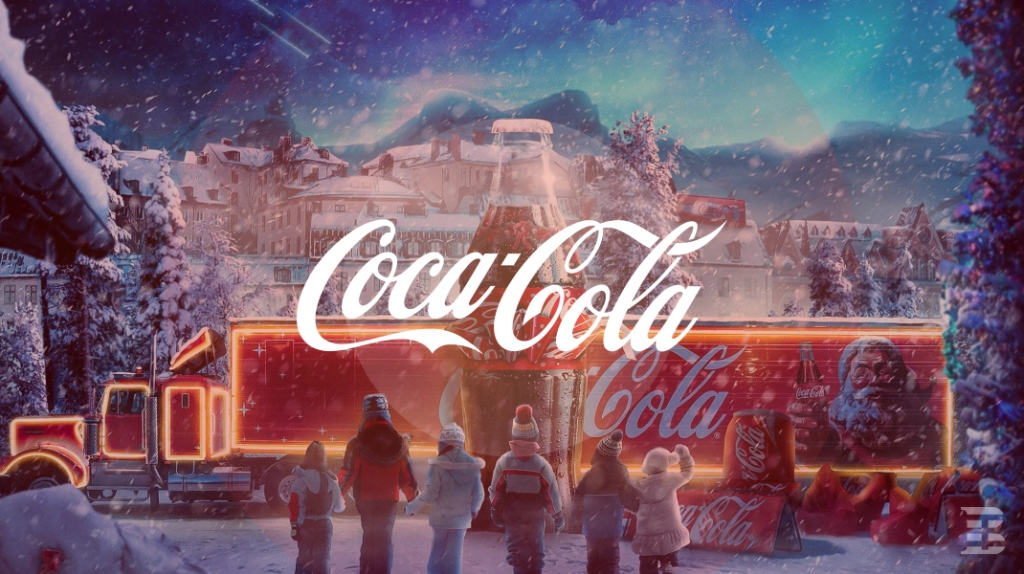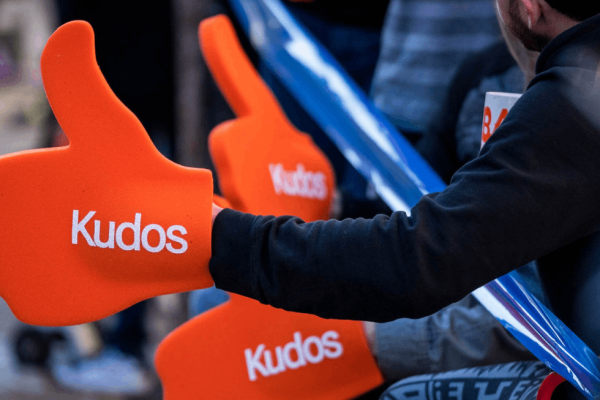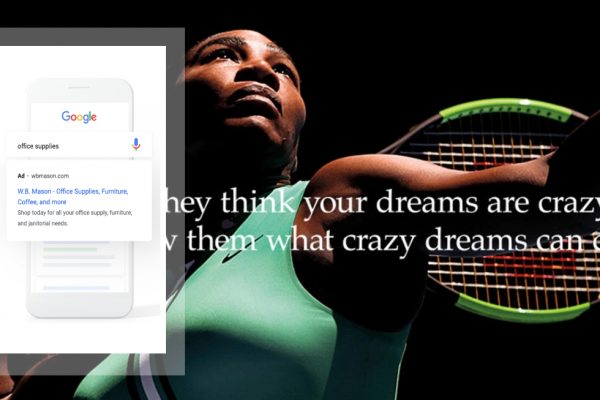Paid advertising has long been one of the fastest ways to grow a digital business. But in 2025, with customer acquisition costs rising and competition getting fiercer, the conversation has shifted. Investors, founders, and marketing leaders are now asking themselves a pressing question: is paid advertising still sustainable? This article is not about abandoning ads altogether but about reframing the debate—understanding incrementality, brand equity, and the role of advertising in your broader strategy.
Investor concerns: CPC inflation and rising CAC
In a recent conversation with some investors, I was challenged with concerns regarding dependency on paid advertising. They referred to past experiences where digital projects had become too reliant on ad channels and suffered as costs rose. Their summary was clear and direct:
- “Google and Meta Ad costs are inflating”.
- “Customer acquisition cost (CAC) is constantly rising”.
- “Big brands are entering the industry, growing competition and CPA (cost per acquisition)”.

Source: Search Engine Land.
These points reflect a widespread industry reality: the graph of CPC over time for many industries, such as footwear, shows a steady increase. That said, the question from investors was simple: Is it still the right path—and a sustainable one—to keep investing heavily in digital advertising? With rising costs, how can businesses absorb those expenses in the long run? Search Engine Land puts it bluntly: “If CPCs increase by 5% this year, your budget will deliver 5% fewer clicks – assuming all other variables stay constant.” Fewer clicks, with fixed product prices and conversion rates, inevitably mean less revenue—unless compensated elsewhere.
Framing the discussion: why Incrementality matters
Faced with those questions, my challenge was to guide investors through the reasoning behind ad spend. Caution is correct, but the first step is setting the right expectations. Incrementality—the additional value created by advertising versus what would happen without it—is the key concept.
If you’re growing a digital brand, can you really rely only on owned and earned channels (organic, email, social) without any advertising? The short answer: rarely. In this article, I’ll dive into real cases, industry examples, and strategic frameworks to help you answer this question when it comes up in your own boardroom—or when your CEO suddenly wonders if the ad budget should be cut.
The Amazon case: turning Ads off
You might have heard of big players like Amazon recently experimenting with pausing ad spend, either partially or completely, on Google and Meta—the two biggest ad platforms of 2025. For example, in July 2025, Amazon shut down Google Shopping Ads, only to reactivate them a month later (source: Smarter Commerce). Why did they do this? Quoting Mike Ryan from Smarter Commerce: “Amazon could be running the ultimate test to measure the true, incremental value of its Google Ads spend. By turning them off, they get a clean look at how many customers find them directly anyway.” Again, incrementality is the key to understanding this topic properly.
But here’s the real-world impact: as soon as this case became public, CEOs and investors around the industry began asking, “Should we do the same thing?” And even without Amazon’s example, the same question often arises in boardrooms: was all the money spent on ads over the years actually worth it?
It’s a fair and intelligent conversation to have. Just because everyone spends on Google and Meta doesn’t mean you should blindly follow. At the same time, remember that as of August 2025, Google is still the biggest search engine and most visited website, while Meta (Facebook, Instagram, WhatsApp) remains the most dominant social media ecosystem. If your goal is to reach digital buyers, those two platforms are still the main gateways of attention. The question is not whether to use them, but how and with what level of investment.

What really happens when you turn Ads off.
Assumption: I’m referring to Direct-to-Consumer (DTC) brands or multi-brand websites (Marketplaces) in the outdoor and sports industry. The situation can be very different for other verticals such as SaaS or fintech. That said, based on my direct experience, when brands cut off advertising, sales don’t collapse completely—they decline only slightly. Let me share two concrete examples.
Brand 1, Skateboarding, DTC Brand Website
The story here is straightforward. The whole brand was not trending well in sales (all channels), and the company decided to implement a total budget cut. Guess what? The first cost that’s cut when sales are not going well is the marketing line of the P&L. And in that bucket usually falls digital performance marketing (mainly Google and Meta Ads in recent years). So, the brand website got a cut on those advertising channels. What happened? A slight decrease in e-commerce sales in the following months. And why only slight?
- Revenue mix – Paid was driving only 30% of total e-commerce sales. If you turn off 30%, you still have the other 70% coming in.
- Organic substitution – When you turn off Google Ads (especially Brand Campaigns and PMAX campaigns), your Organic traffic typically increases. Why? Because some of those clicks were just “anticipated” by Paid ads. Competitors might still capture some traffic, but you’re fishing from the same pond.
- Meta over-attribution – You finally see the real contribution of Meta Ads, which often over-attribute sales.
In the end, part of the traffic and sales moved naturally to organic and other channels. The loss was smaller than forecasted.

Brand 2, Running, DTC Brand Website
Here, the story goes in the opposite direction. The brand was doing really well, above forecasts, with +40% YoY growth. Once the yearly target was overachieved, the focus shifted to profitability. The company considered ways to save costs in the last months of the financial year, and cutting some performance campaigns on Google and Meta became a logical test. Results? Even in this case, sales didn’t collapse. There was a decrease of about -10% to -15% overall. The Social Paid channel, especially Meta, showed a big drop in traffic—but the monthly revenue remained stable.
The takeaway from both cases is clear: cutting ads leads to a reduction, but not an “armageddon” of sales. Why only a slight decrease? Typically, these kinds of brands (DTC, sport, outdoor) can rely on other traffic and sales channels: Organic, Direct, Email Marketing, Social Media (non-paid), Referral sources, and more. These channels exist independently and are only partially influenced by advertising spend.
Advertising plays a critical role in attracting new customers and audiences. If you pause ads, you stop feeding the pipeline of new buyers, but your existing customers and brand-driven demand continue to sustain a portion of sales.
Can you turn off your Digital Ads?
Before making any impulsive decision, consider this: even if the drop is slight, turning off ads is still a big risk. Incrementality analysis is not just a tactical media-buying exercise—it’s a strategic, board-level discussion.
Here are some guiding questions:
- Survival check – Can your business survive 1–2 months without ads?
- Revenue mix – Is advertising a core engine, or just one of several channels driving growth?
- Stage of growth – Are you accelerating or consolidating?
- Diversification – Do you rely only on Google/Meta, or also TV, B2B, retail?
- Organic strength – Do you rank well for key terms? Do you own trending keywords?
- Customer database – Do you have CRM/Email/Community to re-activate demand?
The answers shape whether ads are essential or optional in your mix.
Incrementality, Brand Equity, and Long-Term Value.
Another consideration is brand equity. As Mark Meyerson noted in Search Engine Land: “If your CPCs are rising faster than inflation, then it’s cheaper to acquire a customer today than it will be tomorrow – and likely cheaper than it will ever be. Major brands like Coca-Cola understood this long ago. The brand equity they built decades ago still pays dividends today – and it was far cheaper to build back then.”

Avinash Kaushik, one of my favourite professionals in the digital space, defined incrementality perfectly at The Future of Media (London, 2024): “Simply, what would happen if you fired every single person in marketing? Most of you may not realise that if we fired everyone in marketing, profits instantly go up—because most marketing is not incremental. The difference is: is your marketing good enough that your company would miss it in six months? Nine months? Two years? At some point, the company will get fucked.”
His point is that true incrementality comes from marketing that creates lasting value. That means brand lift, purchase intent, and creative impact. And to get that, you need investment—not just higher spend on platforms, but better creative production, stronger campaigns, and audience expansion.
If your campaigns generate real lift, the company will miss them in weeks, not years.
Conclusion
When questioned about advertising spend, keep these key ideas in mind:
- CPC costs are rising—and today is the cheapest time to invest.
- Brand equity built today pays dividends tomorrow.
- You can pause ads to test incrementality, but measure carefully.
- Strong brand recognition and owned channels reduce dependency on ads long-term.
Advertising is not just a cost—it’s an investment in brand equity, incrementality, and customer acquisition. By reframing the conversation this way, you’ll reassure investors and boards while making smarter, long-term decisions.
Actions after reading
If you need advice, please contact me. I’d be happy to help. Email: andreafagandigital@gmail.com.
Side notes, credits, sources
Articles: Search Engine Land, Smarter-Commerce, The Media Leader.
Images: Search Engine Land, Search Engine Land, Tech Behemonths, Emarketer.





